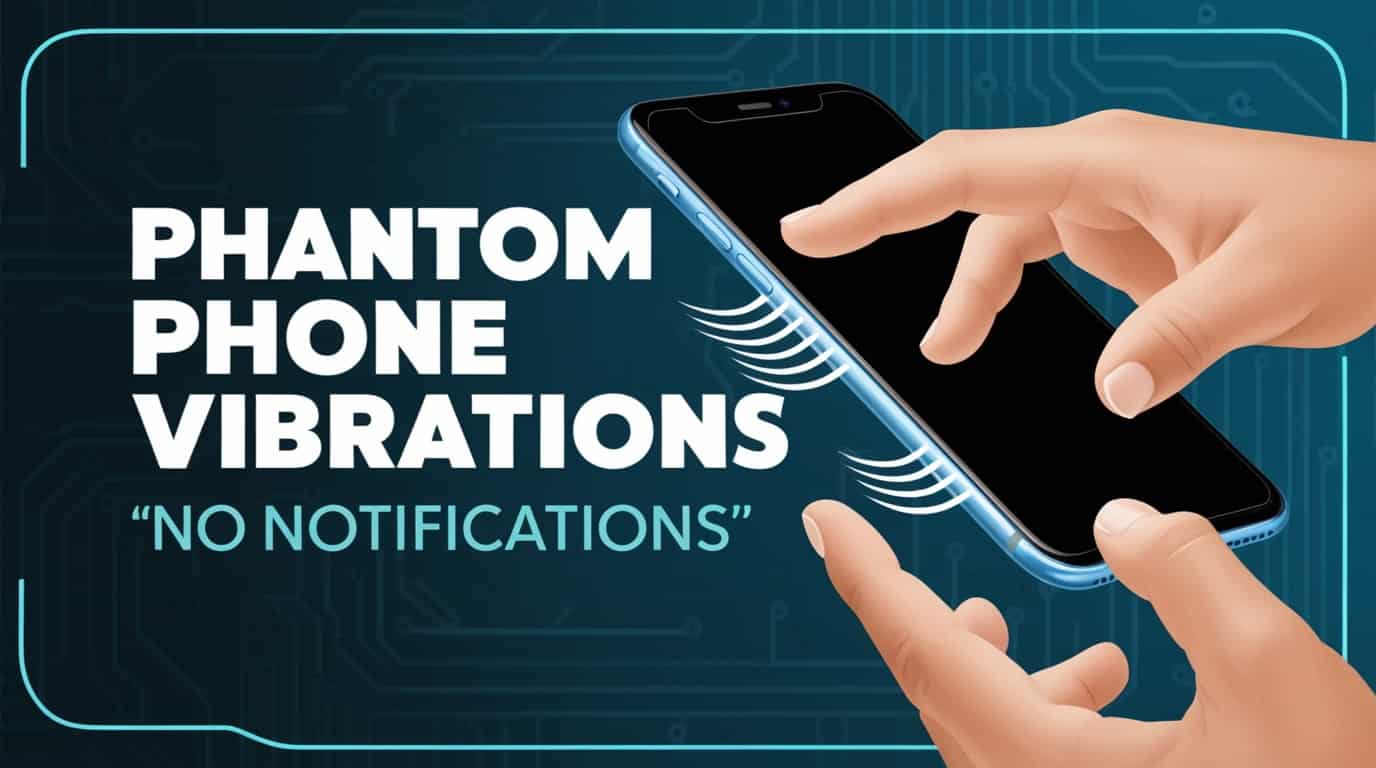Introduction: The Phantom Buzz
Ever felt your phone vibrate, only to check it and find no notifications? This experience, called “phantom phone vibration syndrome,” is surprisingly common. But why do we feel these non-existent vibrations? The answer lies in how our brains are adapting to the constant presence of smartphones.
What Causes Phantom Vibrations?
Phantom vibrations are believed to stem from something called “sensory misinterpretation.” Our brain constantly receives sensory signals, like touch or sound, which it filters and interprets. With the constant presence of smartphones, our brains have started interpreting even the slightest sensation or movement as a potential phone alert.
The Role of “Neuroplasticity”: As we spend more time with our phones, our brains adapt and create shortcuts to recognize phone signals quickly. This process, called neuroplasticity, can lead to phantom signals when the brain over-interprets stimuli.
Why Do Phantom Vibrations Happen So Often?
Studies show that over 80% of smartphone users experience phantom phone vibrations. This phenomenon is common among people who frequently check their phones for work or social purposes. Our brain, seeking rewards like notifications, may be more likely to trigger these false signals.
Who is Most Affected by Phantom Vibrations?
Certain factors increase the likelihood of phantom vibrations:
- High Phone Usage: People who rely on their phones for work or communication are more likely to experience phantom vibrations.
- Stress and Anxiety: People under stress or with anxiety are also more prone to phantom sensations.
- Social Media Users: Those who frequently check social media are more conditioned to expect phone alerts, making them more likely to feel phantom vibrations.
The Science Behind Sensory Interpretation
When our brain interprets sensations, it often uses previous experience as a reference. If you’re used to your phone buzzing, any small muscle twitch or external vibration could be mistaken for your phone. This phenomenon shows how our environment and habits can reshape our sensory responses.
Phantom Vibration and the Dopamine Cycle
Psychologists suggest that phantom vibrations could be linked to the brain’s dopamine response, the same chemical associated with rewards and habits. Each time we feel a notification, our brain releases dopamine, creating a reward cycle. Phantom vibrations might be a side effect of the brain’s desire for that small “reward” and anticipation of new information.
Are Phantom Vibrations Harmful?
Though usually harmless, phantom vibrations are a reminder of how deeply technology is woven into our lives. In some cases, people report mild anxiety or annoyance from frequent phantom vibrations. Experts suggest practicing “digital detoxes” or minimizing notifications to reduce these sensations.
Conclusion: A Modern Quirk of the Brain
Phantom phone vibrations are a modern example of how our brains adapt to new technology. While it’s a harmless phenomenon for most, it shows how our constant connection to smartphones can shape even our sensory perceptions.
Consider linking to a scientific article on phantom phone vibration syndrome for further reading.









